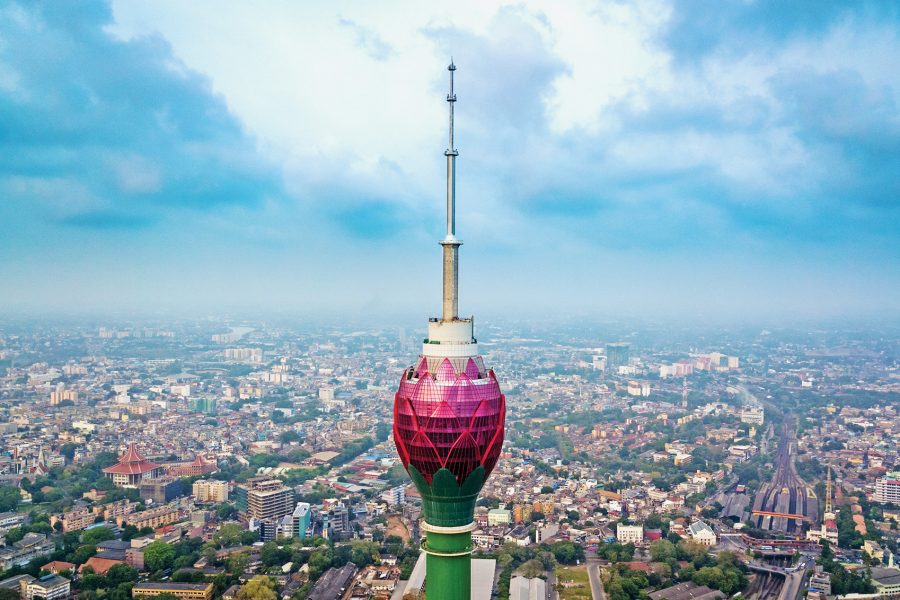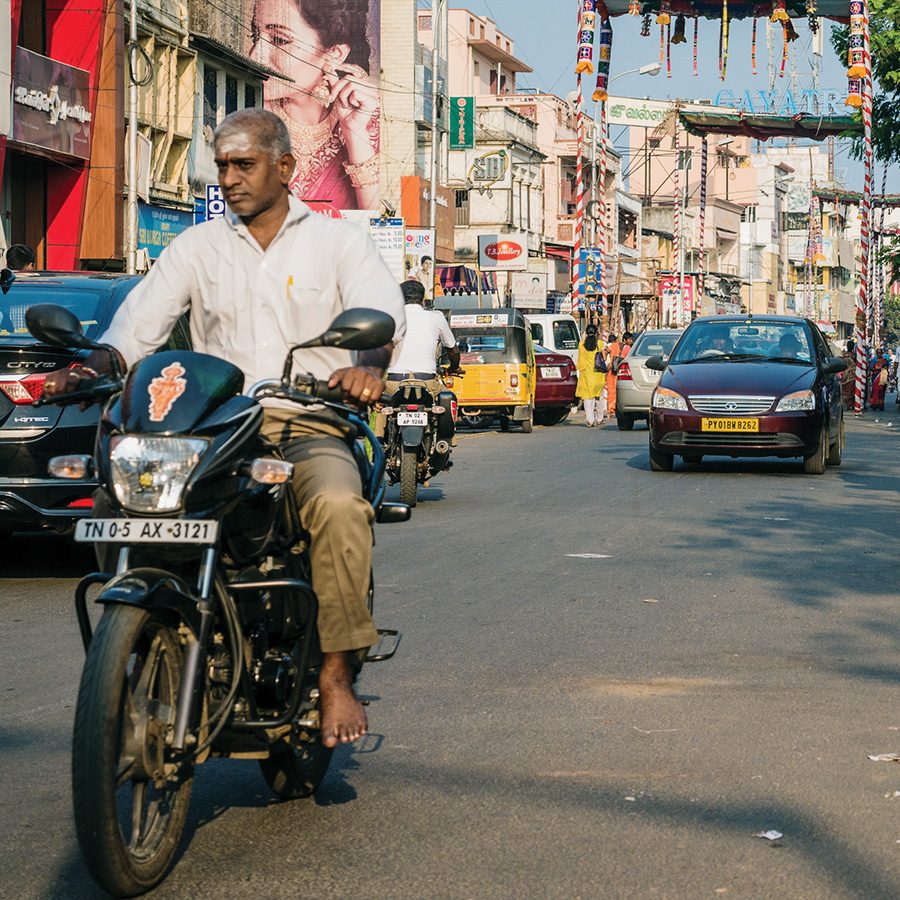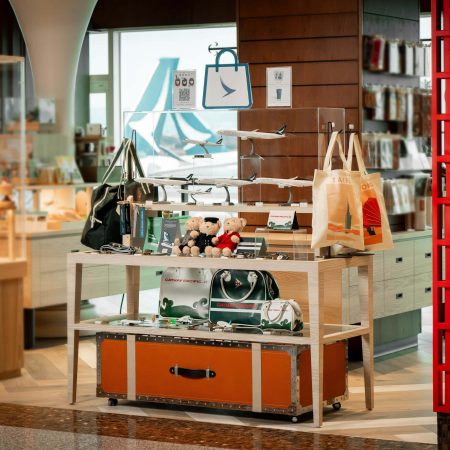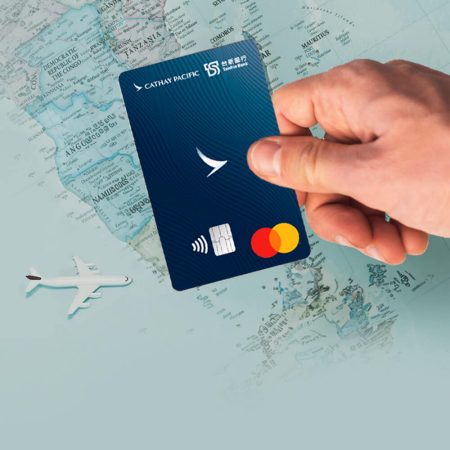How we expand our service to new horizons

Setting up a new route isn’t as simple as it sounds. With the return of our flights to Chennai, India and Colombo, Sri Lanka this month, here’s a glimpse at what it takes to expand our network

Credit: iStock

Credit: iStock
Aviation is a complex series of moving parts that require smooth interconnection, both in the air and on the ground. After a new route has been agreed, permission to fly there has been obtained, and the landing and take-off slot timings have been agreed, then the real work begins. There is a cross-departmental ballet to be performed, involving our Planning, Procurement, Flight Operations, Engineering, Catering and Airport Service Delivery departments, our IT teams and many other stakeholders.
At the new destination airport, we need to arrange check-in facilities for our departing flights. “In today’s digital world, we always aim for a mix of traditional check-in counters and self-service facilities, to ensure our customers have a choice. To us, this is the hallmark of a good service brand,” says Josh Rogers, Cathay Pacific’s Head of Airport Customer Service.
In addition to recruiting an Airport Manager and a small number of supervisory roles, we also enlist the assistance of a contracted ground handling agent to perform and host our check-in experience. “To ensure we deliver the high-quality experience our customers expect, we have rigorous assessment and quality assurance checks to conduct before we select a ground handling partner,” explains Lucy Mak, Head of Global Airports.
Once all of this is in place, the intense training regime begins. Everything from check-in system training to briefings on policies, procedures and the Cathay Pacific product are all delivered and assessed before the first flight. “Our Cathay Pacific Academy trainers are some of the best in the industry, which is something we’re pretty proud of,” says Rogers. And just like our aircraft take test flights before we purchase them, we carry out at least one full simulation exercise of the entire check-in and boarding process to ensure the inaugural flight is a success.

Customers flying First class or Business and Cathay Pacific's Cathay members who are Silver and above rightly expect access to a lounge, so a partnership with a high-quality lounge provider at airports where there is not a Cathay Pacific lounge must be arranged. And of course, agreements have to be reached with Immigration, Customs and Quarantine officials to ensure our passengers can enter and depart the country with ease.
These are just some of the items to check off in the airport and terminal, but there are many more to consider on the airfield – starting with securing a parking gate at the terminal at the time we plan to operate. Once that’s done, the aircraft, baggage and cargo will need to be handled by a ground-handling partner – all of whom are subject to the same rigorous training requirements as their “above the wing” colleagues. The more safety-critical roles require additional training and are formally “licensed” by Cathay Pacific. We also need to ensure the handling equipment is compatible with the aircraft we are flying on the route and that it has been well-serviced and is safe to use. “It’s an intense training programme, but there are no exceptions when it comes to the safety of our operations,” says Ricky Hung, Head of Airport Operations.
Overseeing the ground time of our aircraft will be a line maintenance engineer who inspects the aircraft and signs it off for the return flight. The Engineering and Flight Operations teams work hand-in-hand to ensure the right equipment and people are in place and procedures are followed. This could range from technical aircraft maintenance to ensuring the airport has the right ground markings so the jet bridge makes precise contact with the aircraft doors.
On board, the aircraft will need cleaning, all waste taken off, new supplies and catering loaded and, of course, the bathrooms serviced – all of which also require contracts with numerous local suppliers. If this is a long-haul route, accommodation and transport need to be secured for the flight and cabin crew, to ensure they can rest sufficiently before their return.
While we love the excitement and celebrations that surround an inaugural flight, once that first flight has departed for Hong Kong, there is no time to rest: we carry out an in-depth review of how day one went. “We’ll always find something to improve on,” says Mak. “Day two will always be better, and day three even better.”
Despite Chennai and Colombo being post-pandemic resumptions rather than brand-new routes, we’ve updated our protocols and rigorously re-tested every step of the airport experience. “Whether you’re flying home or taking off on a new adventure, rest assured that for many months, our people have been hard at work to ensure that your experience is a smooth one,” says Deborah McConnochie, General Manager Airport Service Delivery. “It’s another small example of our determination to be one of the world’s greatest service brands.”
More inspiration
- China – the Chinese Mainland, Hong Kong SAR, Macao SAR and Taiwan Region
- Hong Kong SAR - English
- Chinese Mainland (China) - English
- Taiwan, China - English
- 香港特別行政區 - 繁體中文
- 中国內地 - 简体中文
- 中國台灣 - 繁體中文
- Africa
- South Africa - English
- Asia
- Bangladesh - English
- Korea - English
- Singapore - English
- Cambodia - English
- 한국 - 한국어
- Sri Lanka - English
- India - English
- Malaysia - English
- Thailand - English
- Indonesia - English
- Maldives - English
- ประเทศไทย - ภาษาไทย
- Indonesia - Bahasa Indonesia
- Myanmar - English
- Vietnam - English
- Japan - English
- Nepal - English
- Việt Nam - tiếng Việt
- 日本 - 日本語
- Philippines - English
- Australasia
- Australia - English
- New Zealand - English








